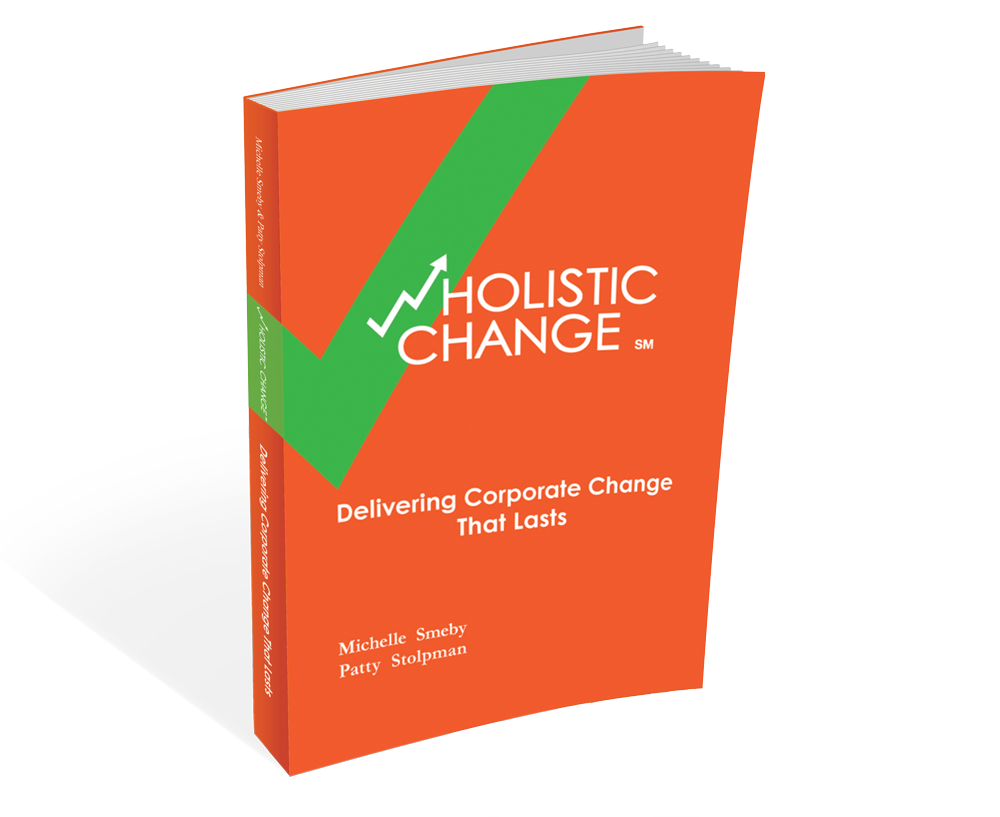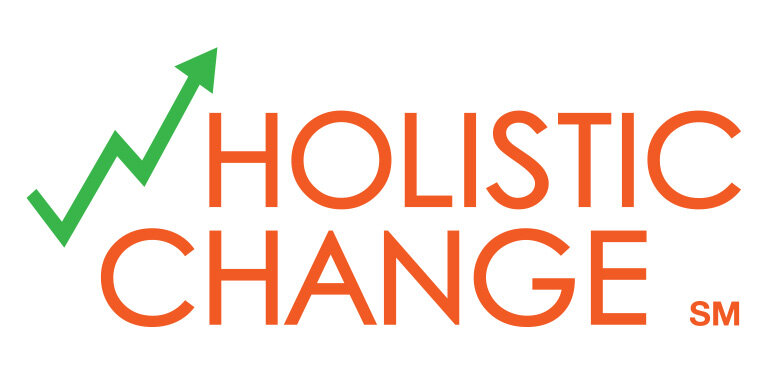The wHolistic ChangeSM approach incorporates all of the aspects of the ADKAR model for change: Awareness, Desire, Knowledge, Ability, Reinforcement. Jeff Hiatt's book ADKAR: a Model for Change in Business, Government and our Community: How to Implement Successful Change in our Personal Lives and Professional Careers is considered the definitive source of holistic change management, after researching with more than 300 organizations undergoing dramatic change.Business dimension of change
- Identify the business need or opportunity (the case for change)
- Define the project scope and objectives (define success).
- Design the business solution, including determining future state in terms of people, process, technology, and services.
- Set people up for success by creating everything your organization needs to successfully adopt the change.
- Implement the change.
People dimension of changeResearch shows the most common reason for change failure is addressing the people dimension of change. Effective change management with employees was listed as one of the top-three overall success factors for the project. Helping managers be effective sponsors of change was considered the most critical success factor overall.Effectively implementing the people dimension of your change requires managing the five key aspects of the ADKAR model:
- Awareness of the need to change: are your employees aware of the reason change needs to happen, and most importantly, are they aware that they personally need to behave differently?
- Desire to participate and support the change: are your employees engaged in the change process and do they have incentives and motivations to adopt the change?
- Knowledge of how to change (and what the change looks like): have you created the materials that show your employees what the change will look like? This includes processes and procedures, templates, samples, job aids... everything they will need to truly understand the future state and be confident that they have the tools to be able to make the transition to what you want them to do, going forward.
- Ability to implement the change on a day-to-day basis: have you created the training and development (along with the job aids, etc) so your employees are confident they can make the change? Have you also involved middle management, to ensure they have everything they need to be able to coach and guide their front line employees through the change?
- Reinforcement to keep the change in place: has the change beeen incorporated into every aspect of the people, process, technology, and services of your company? Have you created the robust communication plan that celebrates successes and demonstrates the benefits of behaving differently? And have you involved Human Resources to ensure everyone's incentives, going forward, are aligned with the change?

